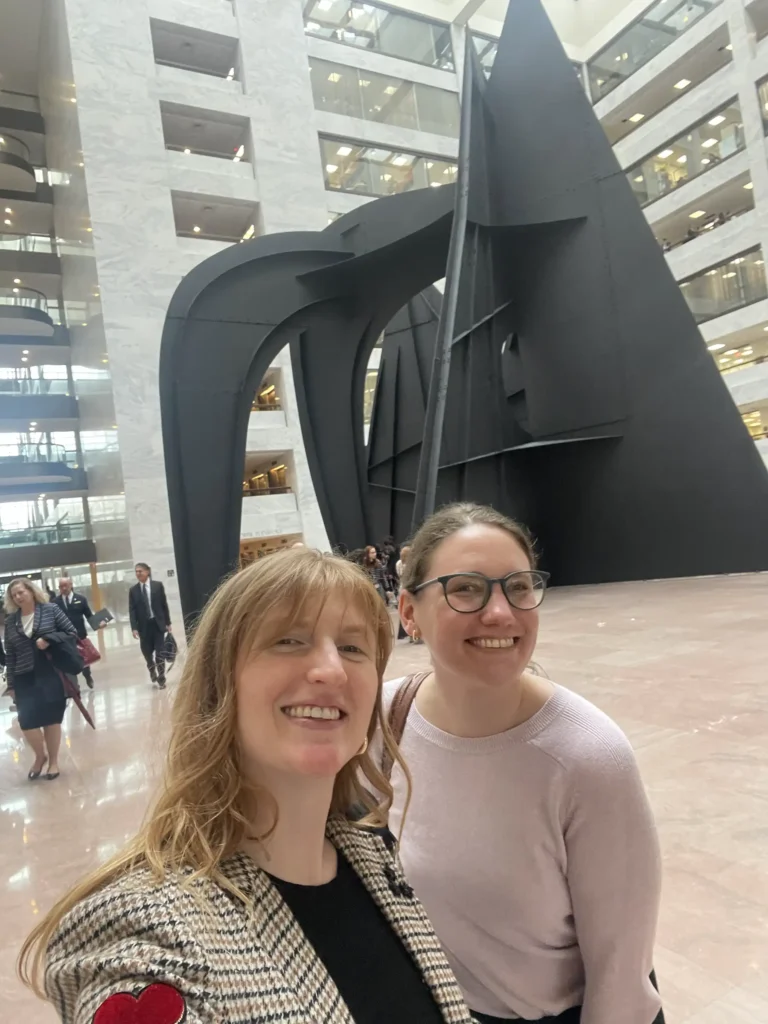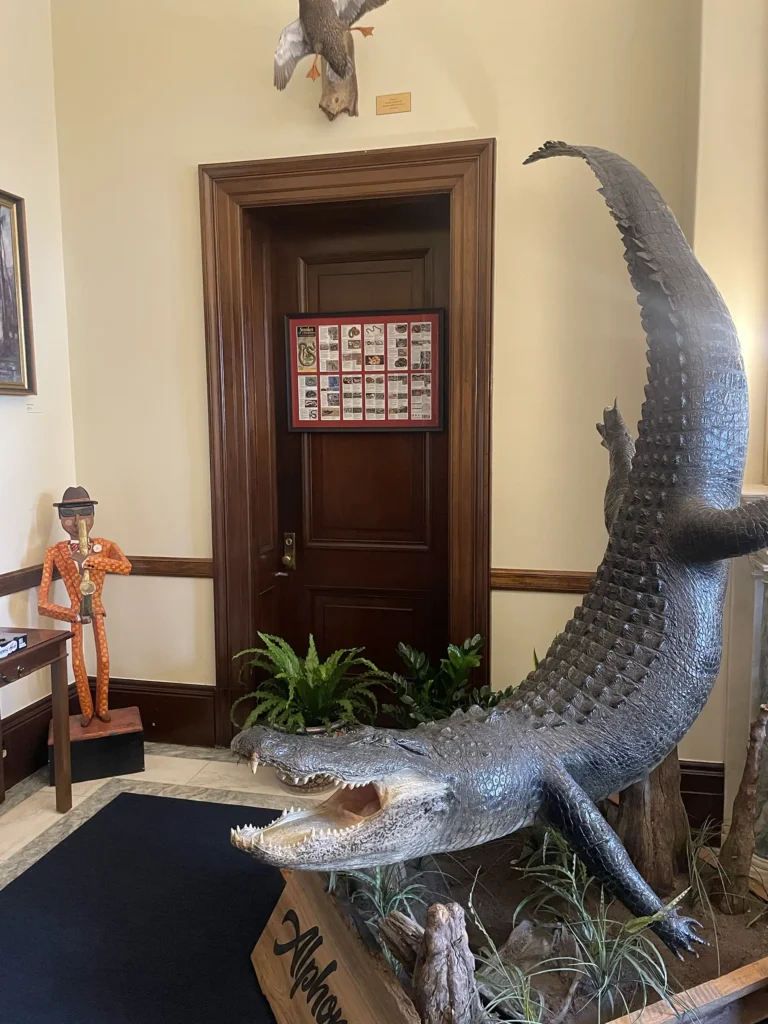
Our clients understand the impact public affairs has on the issues they care about. But in an increasingly contentious political landscape, it’s easy to feel disconnected from the politicians that represent and policies that influence us. Whether here in Colorado or on Capitol Hill, it’s not easy to develop a public affairs strategy that breaks through the noise without breaking the budget.
Over the past several years, Barefoot PR has worked with longstanding client the Radio Television Digital News Association (RTDNA) to develop an advocacy strategy fit for a journalism association. Without the support of a lobbyist, we’ve built relationships with legislators, strengthened RTDNA’s position as a legislative partner and used its expertise to influence policy on the local, state and national levels.
Earlier this month, we joined RTDNA on a trip to D.C. to meet with nine Senators from across the aisle to discuss the PRESS Act, currently stalled in the Senate. After two successful years supporting this fly-in, we wanted to share what we’ve learned about how to build a strong public affairs strategy that’s flexible and affordable enough to fit the needs of organizations with small budgets.
Study the landscape and set a goal
As you begin to develop a public affairs strategy, start with a landscape analysis of the key legislators, subject matter experts and community leaders driving change on the issues you care about. Understanding the context of the policies and partners you’re hoping to influence will help your organization strengthen its voice in the public discourse. What information can you provide that doesn’t already exist? What advocacy gap can you, your organization and your community fill that’s currently missing?
Once you understand the landscape, pick a goal that you’d like to achieve. At a high level, our goal with RTDNA’s advocacy work is to advance legislation that promotes and protects journalism. The path to achieving this goal looks different each year. It started by introducing RTDNA as a resource legislators can use to draft legislation or call on for support. It’s advanced to RTDNA suggesting legislation and advocating for legislators to advance specific bills on the local, state and national levels.
Whatever your goal is, choose a path that makes sense for your capacity, budget and organizational goals. It’s ok to start small.
Identify your audience
Once you’ve solidified your goals, use the information gathered through the landscape analysis to identify potential legislative partners that could help, or hurt, you on your path to achieving them. If you’re setting up meetings with legislators, consider targeting representatives on both sides of the issue you’re working to support. The conversations with your legislative allies will strengthen the relationships you have with them and their offices moving forward. The conversations you have with the legislators who oppose you have the potential to challenge beliefs through sharing a story about you and your organization’s lived experience.
Be strategic and intentional about the time you spend with representatives or staff members in these offices. If you’re a nonprofit leader, it’s likely that this public affairs work is something you’re doing on top of a full list of commitments. The time you spend has the potential to move the needle on your public affairs agenda. Spend it wisely.
Find a software that will save you time

Speaking of spending time wisely, consider using a software that will support and streamline your outreach with the elected officials you’re connecting with. Using a software like Legistorm is an affordable way to identify, connect with and organize the contact and background information that’s supporting your public affairs efforts. You can subscribe on a monthly basis to connect with the local and national resources that will help you advance your agenda.
We all know email exchanges can be tedious and time consuming. Though much of your public affairs work will involve communicating with a variety of partners, using a software like Legistorm can make this process less intimidating and burdensome. For this year’s advocacy week project, we reached out to 20 offices to coordinate meetings. Handling the outreach, scheduling and research that followed was easier thanks to the time-saving software.
Do your research
Whether you’re meeting with elected officials or their staffers, it is important to study up on who you’re meeting with, where they stand and how they can help you advance your legislative priorities. For our work with RTDNA, we provided a briefing book and training to the team in advance of our Hill meetings. The briefing book included the location of each office, names, professional and educational background of the individuals they were meeting with and the priorities of the legislators they were connecting to.
As the expert on the subject matter you’re meeting to discuss, your organization should have a strong background on the policies you’re looking to support. Having a strong understanding of the players at the table who are working to advance or stymie those efforts will make you a stronger advocate.
Show up strong
Politics are unpredictable. Amid all of the chaos, your responsibility as an advocate on behalf of your organization is to show up strong for people you serve. When you’re heavily researched, your meeting schedule is solid and you have a strong team of people who are representative of the communities you serve at the table around you, your organization is certain to leave a lasting impression on the offices you’re meeting with.
Want to learn more about how Barefoot PR can help you develop a public affairs strategy sure to help you show up strong on behalf of your community? Let’s start the conversation today.
Written by Maura O’Leary, Senior Specialist at Barefoot PR
